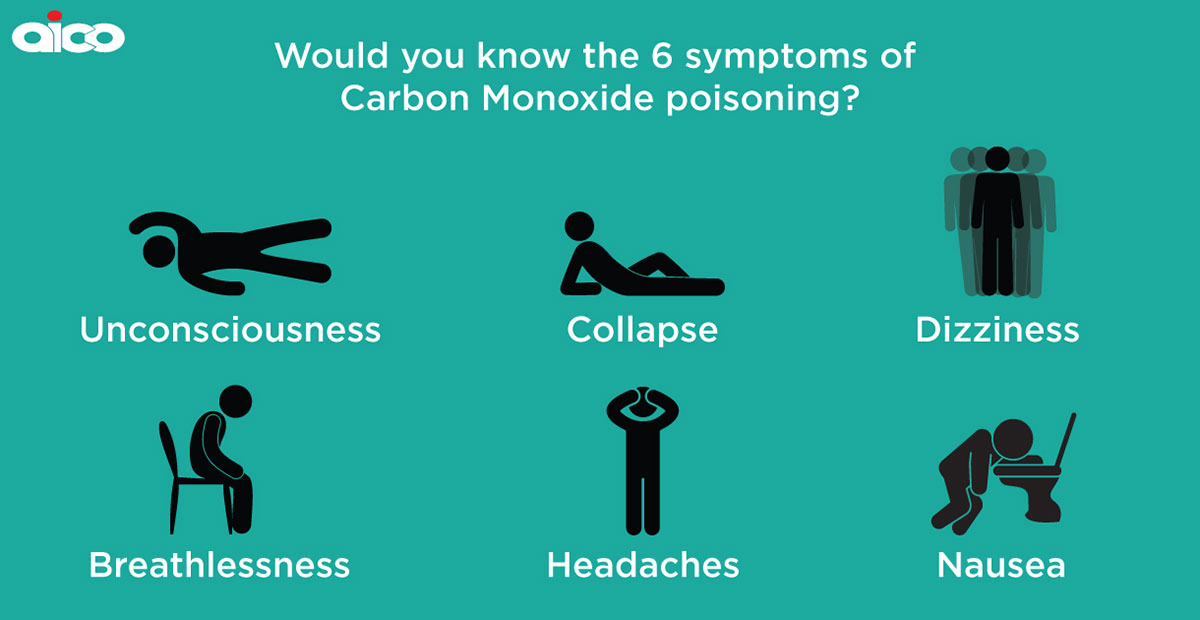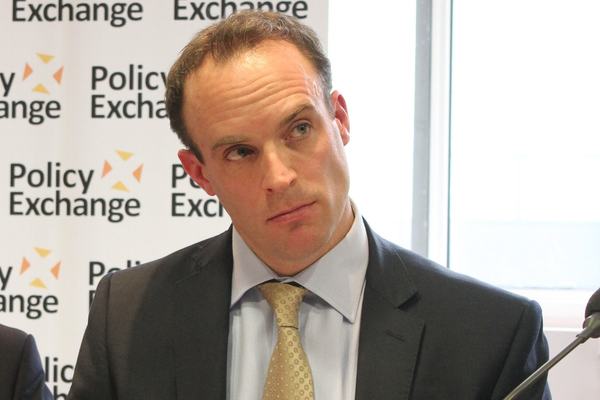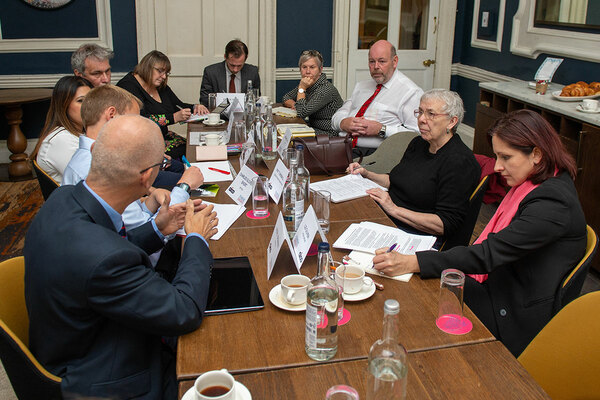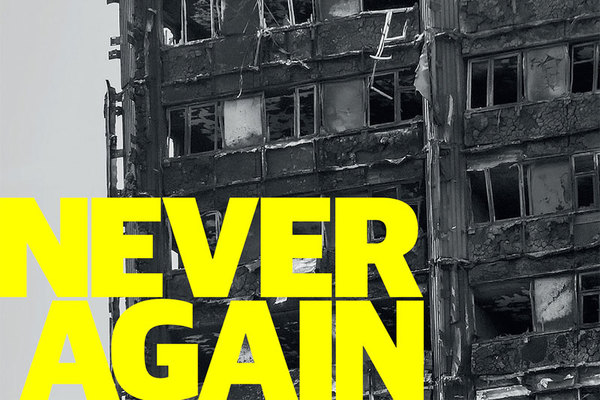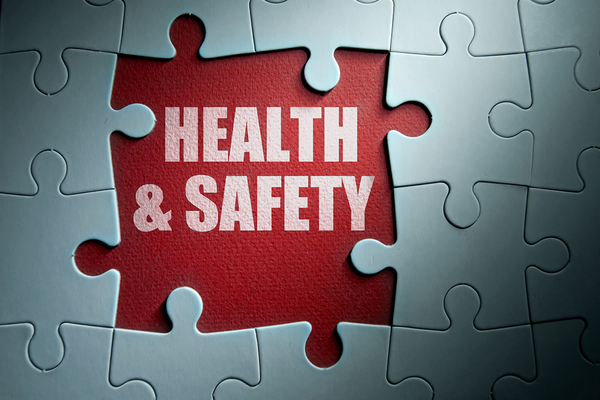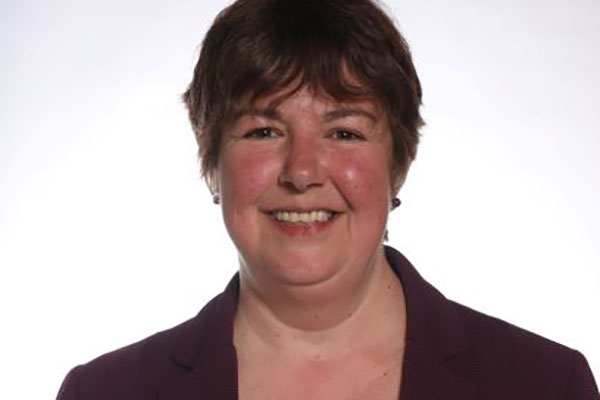‘My fiancé died from carbon monoxide poisoning’
When councillor Louise Baldock’s fiancé didn’t feel well, he thought he had the flu. Unfortunately, he was suffering from carbon monoxide poisoning and later became one of the 60 people on average who die from it each year. She explains how this motivated her to campaign for safer homes
In association with:

You’ve been involved with Carbon Monoxide Awareness Week since it started in 2006. How did you come to be involved?
Twenty years ago, in January 1999, my fiancé, Michael Price, died at his home in Ludlow, Shropshire, from carbon monoxide (CO) poisoning, when he was 45 years old.
He burned smokeless fuel in his stove so there was no indication that his flue was dangerously blocked. He was poorly for several days with what we assumed was flu; he was dizzy, sick and sleepy, huddled under a blanket on the sofa in front of the fire, ironically drawing comfort from the very thing that was making him ill.
Losing Michael was terrible and when an inquest revealed the cause was CO poisoning, it was deeply shocking, too. It was a preventable death and if we had been more aware, he would still be with me today. Official figures suggest that 60 people die each year from CO poisoning.
Once I had come to terms with Michael’s death, my thoughts turned to what I could do to save the 60 other families a year from losing a loved one. In successive years, I would publicise Michael’s story, urging people to have their chimneys swept and their appliances serviced at the start of winter, making sure they were safe.
Eventually my campaigning came to the attention of a Merseyside charity, Carbon Monoxide Awareness, run by Lynn Griffiths, whose whole family had been poisoned and made very ill over a long period, thankfully not fatally.
Lynn asked me to work with her to raise awareness and Carbon Monoxide Awareness Week was launched, our purpose to encourage every home in Britain to have their appliances regularly serviced and to install a carbon monoxide detector.
What are the common situations that might lead to carbon monoxide gases being in the home?
Carbon monoxide is created by the burning of fuel. Most people think only about gas boilers when they consider the danger but in truth, CO is found in fumes produced any time you burn fuel – gas, oil, wood, coal and charcoal, in stoves and cookers, grills and barbecues, fireplaces, vehicles and boilers.
People have suffered poisoning in caravans, in the garage and in tents but for most people the danger will be in the home. We understand that one in 10 appliances may be faulty – that means a staggering two million households could be at risk right now. Even if the appliance is working well, ventilation may be poor or flues may be blocked, and some people have even died because a neighbour’s appliance allowed CO to seep through from one home to another.
Our message is simple: have your appliances serviced regularly, sweep the chimney every year, make sure your ventilation is good and buy a carbon monoxide detector for each floor in a property.
If someone thinks that they might have carbon monoxide poisoning, what can they do?
Carbon monoxide is a silent, odourless killer. You would have no idea that it is present in the air you breathe. Install a detector to help you to realise you may be at risk.
It is important to learn the symptoms. If you suspect you may have carbon monoxide poisoning, seek medical attention immediately. You can go to your GP, A&E or a walk-in centre and tell them of your suspicions. A simple blood test will show whether you have raised levels of CO and you will probably be given pure oxygen until your levels normalise. Your home will also need to be checked for safety before anyone returns.
Biography
Louise Baldock is the Labour and Co-operative Party councillor for the Parkfield and Oxbridge ward at Stockton-on-Tees Borough Council on Teesside.
She says: “This is my fourth term of office in Teesside – previously I represented a ward in Liverpool. It’s fascinating how similar the issues are despite the great differences of scale.
“I love being a community champion, engaging with my neighbours, local residents and registered social landlords.
“Our neighbourhood has a diverse mix of affluence and deprivation, but wherever we live, we are all passionate about community safety; that’s top of everyone’s list of concerns.”
At present it is only necessary to install an alarm in privately rented properties, not social housing. What would you ask landlords to do to work towards #SaferHomes4All?
It is mandatory that every private rental property in Britain has a smoke alarm, and in most countries within the EU a carbon monoxide detector, too. It is bewildering that registered social landlords [RSLs] are not obliged, despite housing many of our more vulnerable tenants. RSLs do fantastic work ensuring that gas servicing takes place every year but that is only half the battle.
Our message is clear: put your tenant at the heart of everything you do, don’t wait to be forced into action, lead from the front and install a full complement of alarms and detectors into every home.
They are not expensive – you could install everything you need to keep your tenants safe for less than a week’s rent, and they will be good for up to five years. And while you are working that into your budget, please equip every member of your team who regularly goes into tenants’ homes with a small detector that they can wear on their belt.
A carbon monoxide alarm fitted in a property
Finally, what does Carbon Monoxide Awareness Week do each year to get this message across?
Every year the UK’s gas professional associations, alarm and detector manufacturers, parliament, councils, charities and other interested parties come together to promote Carbon Monoxide Awareness Week. The week is carefully timed for the winter when most appliances are fully running.
We also run summer campaigns to remind holidaymakers who are going to countries where safety may not be so good to take one with them when they go away.
People should hopefully see posts on social media, articles and interviews like this one – it’s so important to highlight the dangers and raise awareness.
